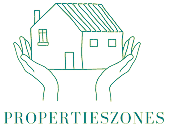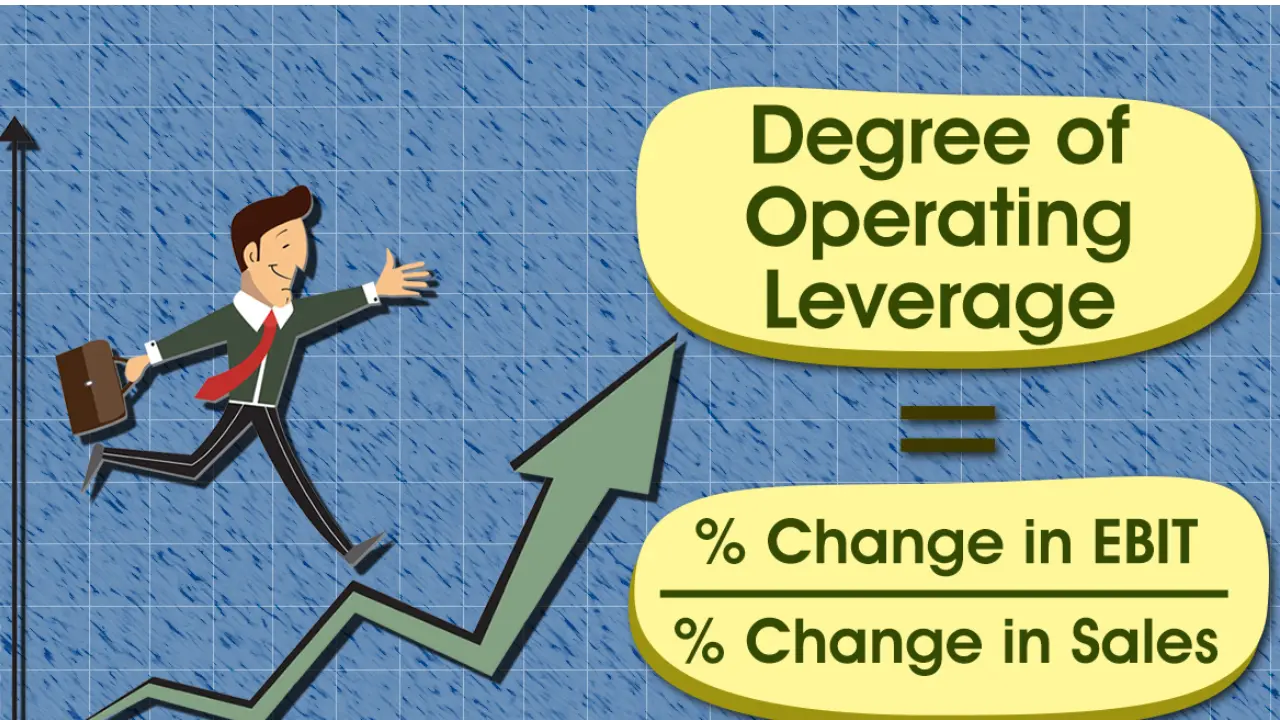As a business owner or manager, understanding the concept of the Degree of Operating Leverage (DOL). It can help you make better decisions, especially when it comes to finances. This article will dive into what DOL is, how it’s calculated, and how you can use it to analyze the impact of changes in sales volume on your profits.
What is the Degree of Operating Leverage?
Degree of Operating Leverage (DOL) is a financial metric that measures the sensitivity of a company’s operating income to changes in its sales volume. It helps you determine how much your operating income will change for every percentage change in your sales volume.
In simple terms, DOL tells you how much of your operating costs are fixed versus variable. If your business has high fixed costs (such as rent, salaries, or machinery maintenance). Then a small change in sales can lead to a significant change in profits.
How to Calculate DOL
The formula for DOL is straightforward:
DOL = Contribution Margin / Operating Income
The contribution margin is the amount of money left over after deducting variable costs from your revenue. Operating income is your total revenue minus your total operating expenses (both fixed and variable).
For example, let’s say your company generated $500,000 in revenue last year. Your variable costs were $150,000, and your fixed costs were $250,000. Your operating income would be $100,000 ($500,000 – $150,000 – $250,000).
To calculate your DOL, you would divide your contribution margin by your operating income:
DOL = ($500,000 – $150,000) / $100,000 = 3.5
This means that for every 1% increase in sales, your operating income will increase by 3.5%.
Why DOL Matters for Your Business
DOL can help you make better business decisions in several ways. For example:
Pricing Decisions
DOL can help you determine the impact of a price change on your profits. If your DOL is high, then a small increase in prices can lead to a significant increase in profits (since fixed costs remain constant). However, if your DOL is low, then you’ll need to increase your sales volume significantly to make up for the increase in fixed costs.
Cost Structure Analysis
DOL can help you analyze your cost structure and identify opportunities to reduce your fixed costs. For example, if your DOL is high, then you may want to consider outsourcing some of your production or negotiating a lower rent for your business premises.
Break-Even Analysis
DOL can help you determine your break-even point (the level of sales at which your total revenue equals your total costs). If you have a high DOL, then your break-even point will be lower, and you’ll need to sell fewer units to cover your fixed costs.
DOL vs. Financial Leverage
It’s important to note that DOL is not the same as financial leverage. Financial leverage measures the amount of debt a company has relative to its equity. While DOL measures the sensitivity of operating income to changes in sales volume.
Conclusion
In summary, the Degree of Operating Leverage (DOL) is a financial metric that measures the sensitivity of your operating income to changes in your sales volume. By calculating your DOL, you can make better business decisions, such as pricing decisions, cost structure analyses, and break-even analyses. Understanding DOL can help you optimize your profits and grow your business.

